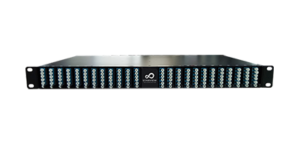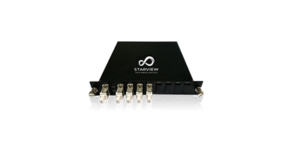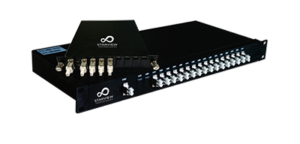- SOLUTIONS
- PRODUCTS
- SERVICES
- PARTNERS
- RESOURCES
Beyond the Limit: Expanding Bandwidth with WDM

Program Starview transceivers with STARPOD

Using Passive Fiber Network TAPs
Fiber optic and its impact on our daily lives
In our previous newsletter on Optical Transceivers – Turning Data into Light, we discussed how optical transceivers play an important role in today’s digital networking world. The transmission of optical transceiver is made possible only when there is fiber optic infrastructure. Today, fiber optic plays an important role in the transmission of large amounts of data, e.g., the Internet traffic. More fiber optic cables are being laid to meet the demands of more bandwidth. An alternative to avoid laying more cables and save money and time is to use WDM technologies to conserve and maximize existing fiber optic infrastructure.
Utilize existing fiber optic with WDM technology
One of the most cost effective and efficient way to use existing fiber optic infrastructure is Wavelength Division Multiplexing (WDM). It is a technology that converges multiple light signals of different wavelengths (or colors) through optical mirrors (combiner) into a fiber optic cable. In simple terms, it is like converging multiple vehicle lanes and stacking them into a single highway.

With WDM technology, the capacity of the existing fiber optic infrastructure is expanded immediately. WDM is a passive device which does not require any power source. It is designed as a plug-and-play equipment for point-to-point application. The application for each wavelength is independent of one another.
WDM and its advantages
WDM allows combination of 2 different wavelengths e.g., 1310nm and 1550nm into an existing fiber optic cable. The 2 different wavelengths are wide apart so that the applications are independent of one another. The optical transceivers are also commonly available.

Another technology, which is Coarse WDM (CWDM), allows up to 18 independent data channels. Each channel can carry data rates of 100Mbps to 10Gps across the fiber optic network. Not all vendors can supply all the 18 channels of CWDM transceivers, as some of the channels fall into the light absorbent spectrum of the fiber optic cable. Most vendors offer up to 16 channels.
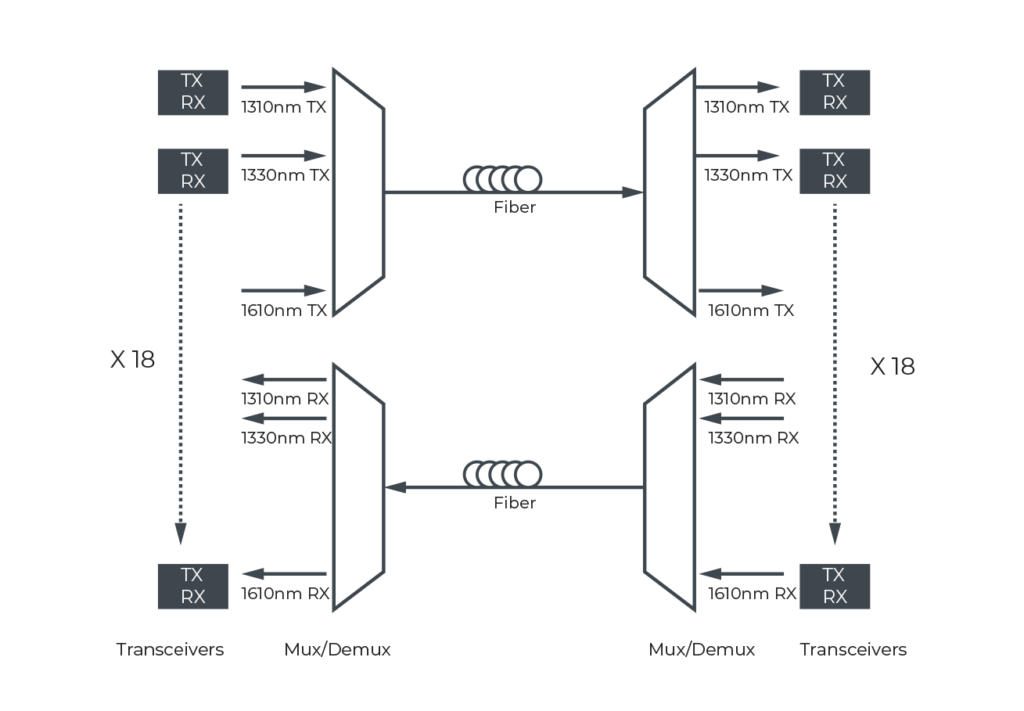
A common application is to expand an existing 1310nm transmission with CWDM. The diagram below shows how we can expand a 1310nm link by adding CWDM ports for more data applications to run across the existing fiber optic infrastructure.

Single Fiber for Bi-Directional Transmission
The examples above show the use of dual fibers to achieve bi-directional data transmission. An advanced method of just using single fiber is possible. However, this method reduces the number of channels by half.
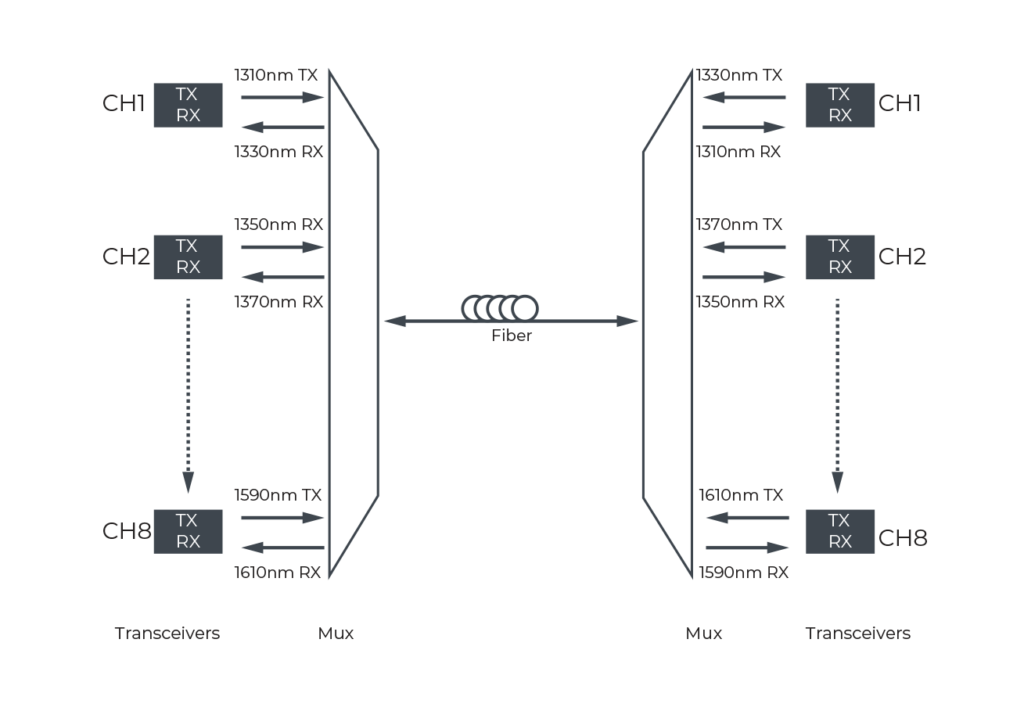
STARMUX and SMART Services
Starview develops STARMUX (Starview WDM Mux/ Demux) to expand the existing fiber optic infrastructure, These products are available with indoor or outdoor enclosures, and the WDM can be customized to meet the requirements for the applications.
As WDM equipment are passive, there is insertion loss in the fiber optic transmission. Starview offers a wide range of CWDM transceivers to overcome the insertion loss of the transmission. Our engineers are also capable to help you to design WDM networks. Our SMART service offerings ensures peace of mind when deploying Starview products and solutions.
Starview is a reliable supplier and expert of Optical Transmission with more than 13 years of experience. Our customers will enjoy greater flexibility of choice and cost savings. Starview also offers many accessories to provide a full suite of optical products and solutions.


